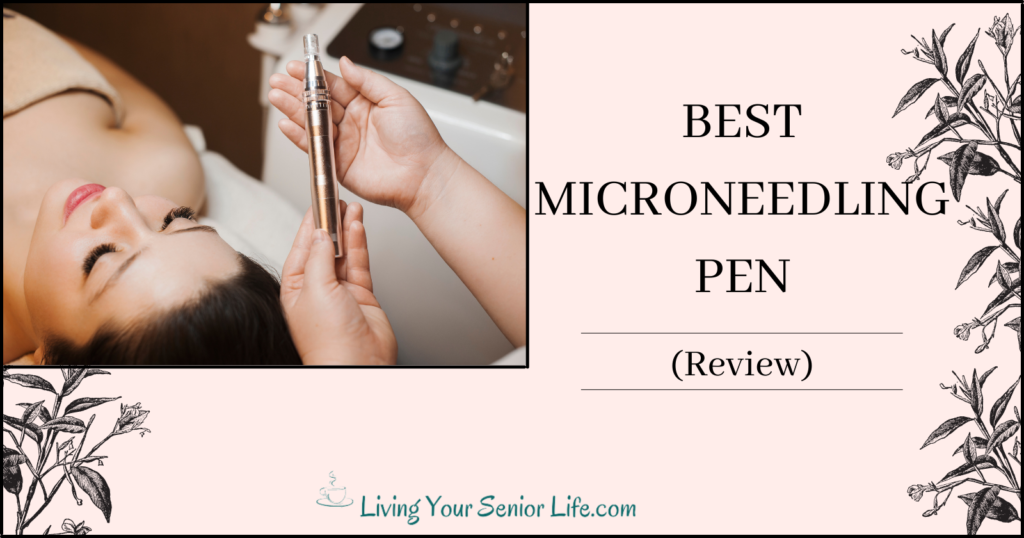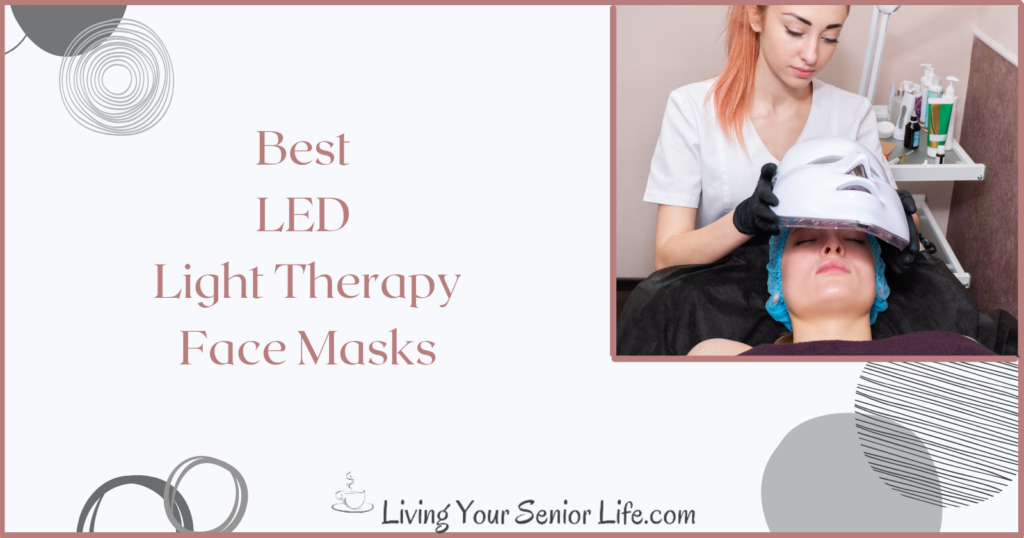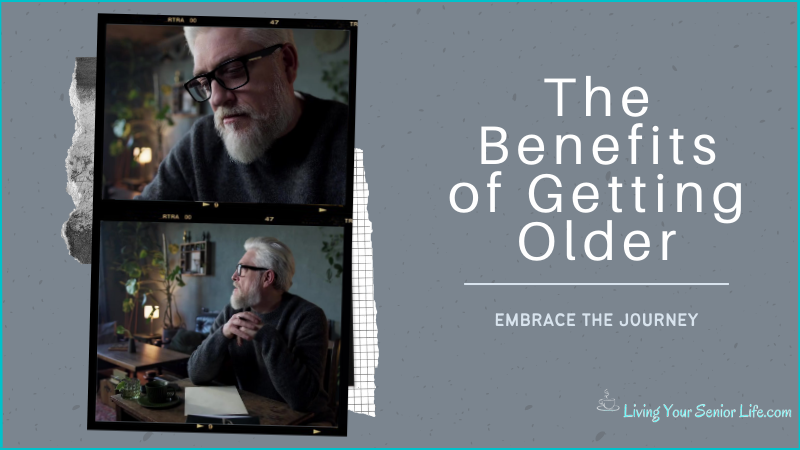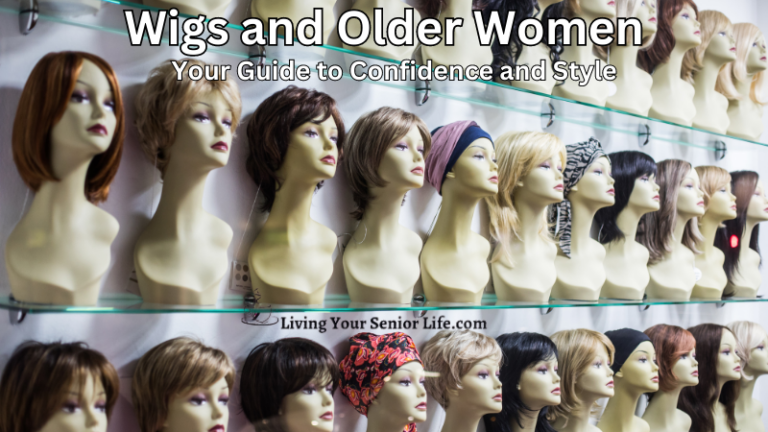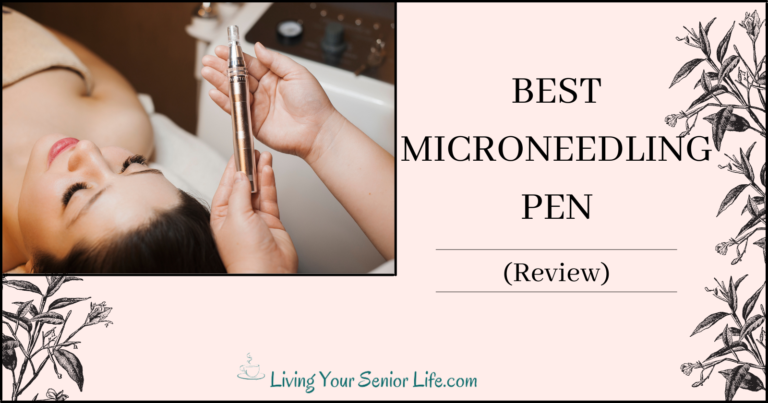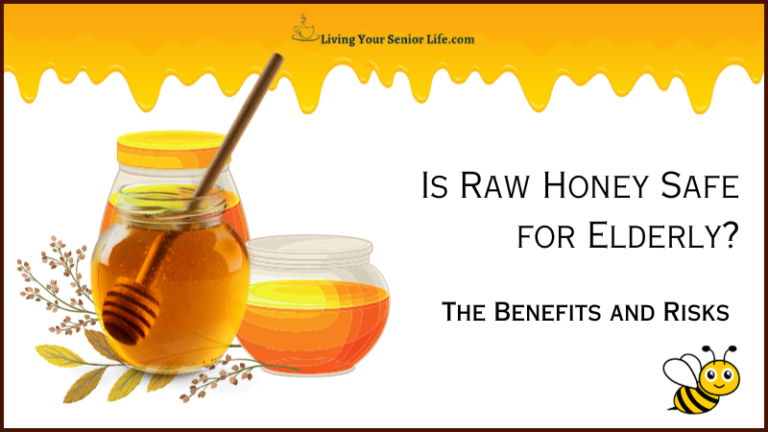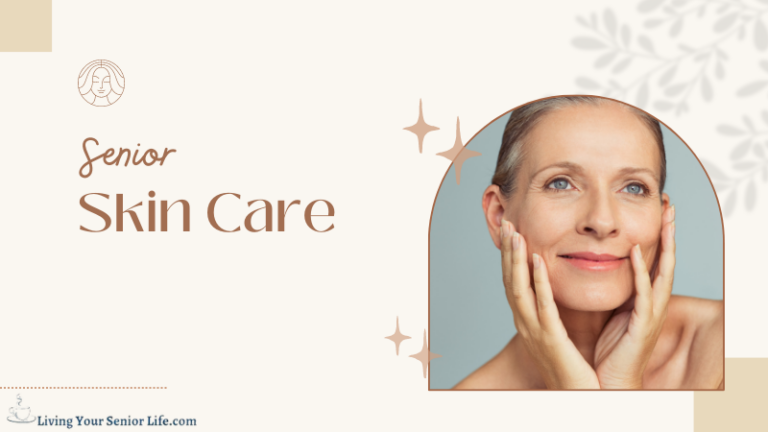Aging is an inevitable part of life, and its effects are most visibly showcased through the changes in our skin. From the emergence of wrinkles and fine lines to the gradual loss of that youthful glow, aging skin is a topic of universal interest and concern. But what exactly happens to our skin as we grow older, and why does it occur?
In this article, we delve deep into the causes of aging skin, exploring the internal and external reasons behind its transformation, as well as practical tips and strategies for maintaining healthy and vibrant skin even as the years advance. Whether you’re a senior looking to embrace the beauty of aging gracefully or someone seeking to understand the aging process, join us on this journey to uncover the nuances of ‘what is aging skin’.
Key Takeaways:
- Aging skin is a natural process that results from both intrinsic and extrinsic factors.
- Physical changes in aging skin include thinning, loss of elasticity, dryness, and the appearance of age spots and wrinkles.
- Preventing and treating aging skin involves adopting healthy lifestyle habits and using skin care products with anti-aging ingredients.
Skin 101
Before further exploring the actual causes of aging skin, let’s look at the different layers of skin. This will allow us to better understand the process of skin aging.
Skin covers the entire body and is the only organ of the human body that does so. Since the skin covers the whole body, it is one of the most accessible organs to view aging. Skin weighs, on average, 8 – 11 pounds.
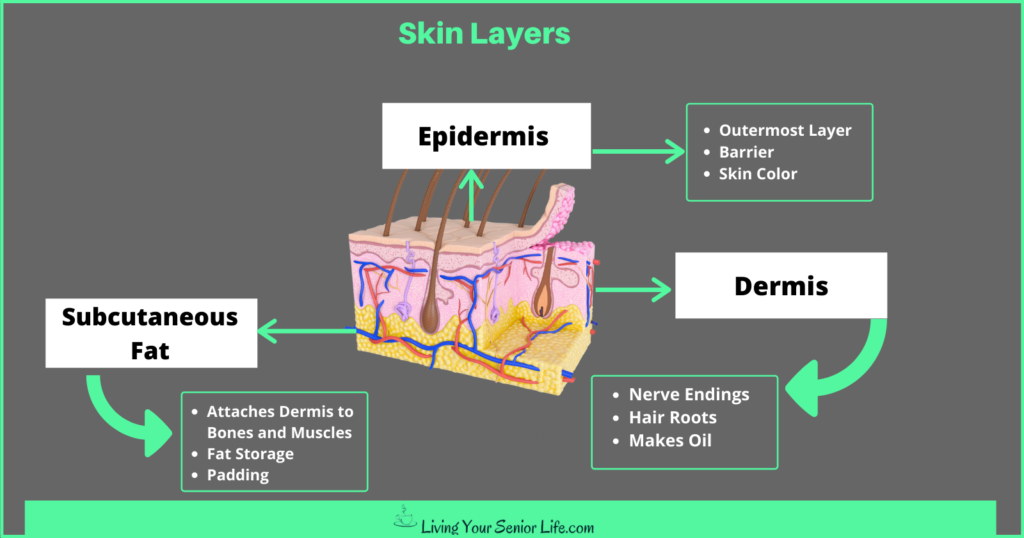
The skin consists of three main parts: the epidermis, dermis, and subcutaneous fat.
Epidermis
- The Outermost Layer of Skin
- Provides a Barrier from Infections
- Making New Skin Cells
- Older Skin Cells from the Bottom of the Epidermis Travel to the Top and Flake Off
- This Process Takes On The Average of Two to Three Weeks
- Regulates the Amount of Water Released
- Skin Color
- Melanocytes Make Melanin That Gives Skin its Color
Dermis
- Makes Sweat that is Released Through the Pores
- Nerve Endings: Pain and Touch Receptors
- Hair Roots
- Makes Oil
- Brings Blood to the Skin
- Held Together With Collagen
Subcutaneous Fat
- Attaches the Dermis to Bones and Muscles
- Involved in Body Temperature
- Storing Fat
- Padding to Protect Bones and Muscles
Video: What Is Aging Skin
What Leads To Aging Skin?
As you age, your skin undergoes various changes due to both intrinsic and extrinsic factors. Intrinsic factors are those which are influenced by your genetics and natural aging process, while extrinsic factors are those which are influenced by external factors such as sun exposure, smoking, and environmental factors.
Natural Aging Process (Intrinsic)
Some skin aging is caused by the natural process of aging. Over time, the skin loses some of its attributes, leading to aging skin.
As we age, collagen and elastin lose their elasticity. Then, we see the dreaded rough patches, sagging, lines, and wrinkles begin to appear.
Aging Skin in the 20s
- Loss of Collagen Begins
- Skin’s Natural Exfoliation Process (where the skin flakes off) Decreases
- Results in Dead Skin Cells Accumulating
Aging Skin in the 30s
- Fat Cells Start to Shrink
- Skin Becomes Thinner
Aging Skin in the 40s
- Cessation of Collagen Production
- See an Increase in Wrinkles and Lines
Aging Skin in the 50s
- Oil glands Decrease in Size
- Results in Dryer Skin
- Decrease in Estrogen with Menopause
- Skin Becomes Dryer
- Less Toned
Environmental Factors (Extrinsic)
The other causes of aging skin are external or extrinsic factors. In contrast to intrinsic factors, you can control many of the environmental factors that accelerate the skin’s aging process.
Extrinsic Factors Include:
Alcohol
Alcohol is a diuretic that leads to dehydration throughout the body, and that includes the skin. Dehydration causes the skin to become dry. Alcohol also drives blood to the tissues of the skin, causing inflammation. Heavy drinking can cause wrinkly skin, puffiness, redness, and a dry complexion.
Diet
Diet and lifestyle factors can also impact the health of your skin. Consuming a diet high in fat and processed foods and sugar can lead to inflammation in the body, which can contribute to aging skin. Also eating too much sugar and refined carbs can interfere with collagen’s ability to repair itself.
According to the Mayo Clinic, research suggests that a diet high in processed or refined sugars or other carbohydrates and unhealthy fats promotes skin aging.
Inflammation
Inflammation can cause damage that stresses your skin cells and accelerates the aging process. Inflammation can also lead to a breakdown of the normal skin architecture leading to:
- Hyperpigmentation
- Loss of Collagen
- Loss in Hyaluronic Acid
- Thinning Skin
- Water Loss
Smoking
Smoking is another factor that can contribute to aging skin. Nicotine found in tobacco restricts the flow of blood to the skin. This restriction causes the skin to become oxygen and nutrient-deprived, leading to a pruning effect. Besides nicotine’s damaging effects, other chemicals in tobacco are detrimental to the skin. Some of these chemicals trigger the destruction of collagen and elastin. This results in wrinkles and sagging skin.
There is also an increase in what is referred to as the smoker pucker’s lip lines. The pucker motion used by smokers to inhale over time leads to wrinkles/lines around the lips. Quitting smoking can help improve the appearance of your skin and prevent further damage.
Stress
Stress can also play a role in aging skin. High levels of stress can lead to increased inflammation in the body, which can contribute to premature aging. Practicing stress-reducing techniques such as meditation and yoga can help improve the overall health of your skin.
Sun
One of the main causes of aging skin is sun exposure. Ultraviolet (UV) light from the sun can cause damage to your skin cells and lead to premature aging. This damage can result in wrinkles, fine lines, and age spots. To protect your skin from the harmful effects of the sun, it is recommended to use sunscreen with at least SPF 30 and to avoid prolonged sun exposure. However, sun exposure isn’t the only culprit of aging skin. Sun lamps and tanning booths can also have adverse affects on the skin.
Common Signs of Aging Skin
As you age, your skin goes through a natural process of aging. This process is characterized by several changes that affect the elasticity, texture, and appearance of your skin.
Common signs and characteristics of aging skin include:
- Changes in Fat Distribution: The distribution of fat beneath the skin can shift, leading to hollowed cheeks or the development of jowls.
- Decreased Blood Flow: Reduced blood circulation can result in a paler complexion and slower delivery of nutrients to the skin.
- Dryness and Itchiness: Aging skin is often drier and may feel rough or itchy due to reduced sebum production and a diminished ability to retain moisture. To combat dryness, it is important to moisturize your skin regularly.
- Enlarged Pores: Pores can appear larger as the skin loses its elasticity and begins to sag.
- Sagging and Loss of Elasticity: As collagen and elastin fibers break down, the skin loses its firmness and elasticity, resulting in sagging and a less taut appearance.
- Skin Lesions: As you age, you may develop skin lesions, such as warts or moles. These are usually harmless, but it is important to monitor them for changes in size, shape, or color.
- Skin Tags: Skin tags are small, benign growths that can appear on your skin as you age. They are more common in areas where the skin rubs against itself or clothing, such as the neck, armpits, and groin.
- Sleep Creases: As you age, you may develop sleep creases, which are caused by sleeping on your side or stomach. These creases can become permanent over time, leading to wrinkles and fine lines.
- Slower Wound Healing: The skin’s ability to repair itself and heal wounds diminishes with age.
- Thinning of the Skin: The epidermis (the outermost layer of the skin) becomes thinner, making the skin more fragile and susceptible to injury and making it easier to bruise. This is due to a decrease in collagen production, which provides structural support to your skin.
- Uneven Skin Tone: Aging skin can develop uneven pigmentation, including age spots (also called liver spots) and a loss of the skin’s youthful glow.
- Wrinkles and Fine Lines: Over time, the skin’s production of collagen and elastin decreases, leading to the formation of wrinkles, fine lines, and creases, particularly in areas where the skin folds or is frequently exposed to the sun, such as the face, neck, and hands.
Help Prevent Aging Skin
Preventing and treating aging skin requires a combination of lifestyle changes and skincare practices. Here are some tips that can help:
Alcohol
After alcohol consumption stops, your body begins to repair itself. The first step is hydration. Begin drinking water to help rid the body of the toxins consumed through alcohol. This benefits the skin, and it becomes plumper.
Develop a Skincare Routine
Developing a skincare routine can help prevent and treat aging skin. This includes cleansing your skin twice a day, using an eye cream, and using products that contain antioxidants, such as vitamin C and hyaluronic acid. Board-certified dermatologists can help you develop a skincare routine that’s tailored to your specific needs.
Diet
Research shows that eating foods high in fat and sugar accelerates skin aging eat such foods in moderation. Eating food rich in Vitamins A, C, and E can help fight wrinkles. Vitamins A, C, and E are found in many fruits, vegetables, and nuts.
Get Enough Sleep
Getting enough sleep is essential for overall health, and it can also help prevent aging skin. Sleeping on your back can help prevent wrinkles caused by sleeping on your side or stomach.
Hydrate and Nourish Your Skin
Keeping your skin hydrated is essential for preventing aging. Drink plenty of fluids throughout the day, and eat a healthy diet that includes foods rich in calcium and vitamin D. Avoid foods high in saturated fat, which can contribute to aging skin.
Inflammation
Omega-3 fatty acids that can be found in certain foods help fight inflammation. Foods rich in omega-3 fatty acids include fish like salmon, tuna, and sardine.
Protect Your Skin from the Sun
One of the most important things you can do to prevent aging skin is to protect your skin from the sun. This means wearing protective clothing, such as hats and long-sleeved shirts, and using sunscreen with an SPF of at least 30 even on cloudy days. It’s also important to avoid tanning beds and to seek shade during peak sunlight hours.
Smoking
If you don’t smoke, don’t start. If you do smoke and quit, you won’t contribute further to the damage done by tobacco. As the blood flow improves, your skin will begin to receive more oxygen and nutrients.
Stay Active
Physical activity is essential for overall health, and it can also help prevent aging skin. Exercise improves circulation, which can help nourish your skin and keep it looking healthy.
FAQs
How can I treat dry skin as an older adult?
Dry skin is a common problem in older adults, and it can be caused by a variety of factors, including changes in hormone levels, medications, and environmental factors. To treat dry skin, you should use a gentle, fragrance-free moisturizer that is specifically designed for aging skin. You should also avoid hot showers and baths, which can strip your skin of its natural oils, and use a humidifier to add moisture to the air in your home.
What are common skin conditions in the elderly?
Some common skin conditions that affect older adults include age spots, skin tags, seborrheic keratoses, and actinic keratoses. Age spots are flat, brown spots that appear on the skin as you age, while skin tags are small, flesh-colored growths that can appear anywhere on the body. Seborrheic keratoses are benign growths that are often mistaken for warts, and actinic keratoses are scaly, rough patches of skin that can develop into skin cancer if left untreated.
What are effective treatments for aging skin?
There are a variety of treatments that can help improve the appearance of aging skin, including topical creams, laser treatments, and injectable fillers. Topical creams that contain retinoids can help reduce the appearance of fine lines and wrinkles, while laser treatments can help stimulate collagen production and improve skin texture. Injectable fillers can be used to plump up sagging skin and reduce the appearance of wrinkles.
Additional Reading
Conclusion
Aging skin is a natural process that occurs in both men and women. As we age, our skin undergoes a variety of changes, both internal and external, that can contribute to a progressive loss of skin integrity. These changes can include thinning, sagging, wrinkling, and the appearance of age spots or “liver spots” in sun-exposed areas. By understanding the causes and effects of aging skin, we can take steps to protect and care for our skin as we age, helping us to maintain a healthy and youthful appearance for years to come.
Please comment below with any personal experiences with aging skin and any tips or tricks you’ve discovered along the way.
Thank you for reading and sharing your thoughts!


